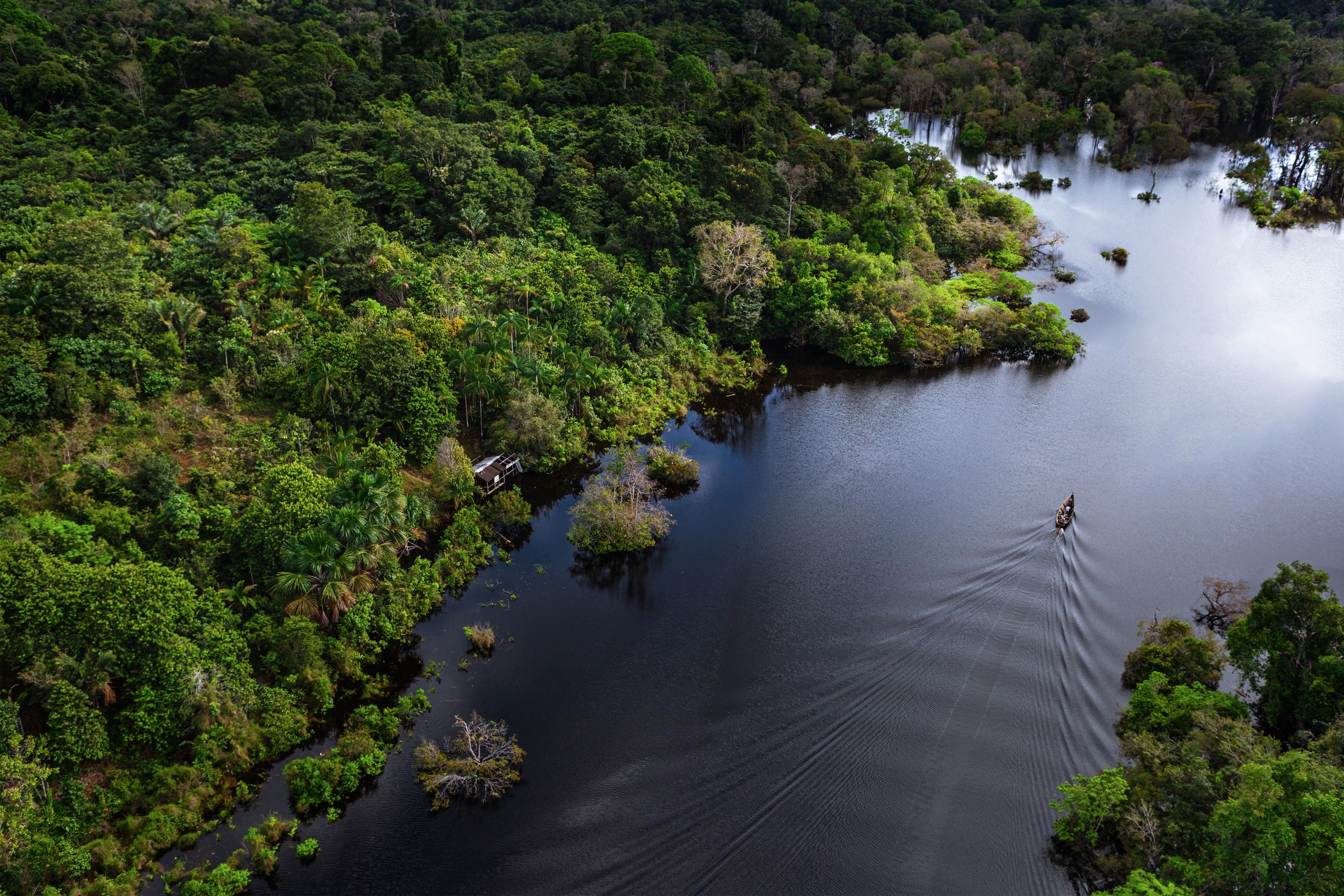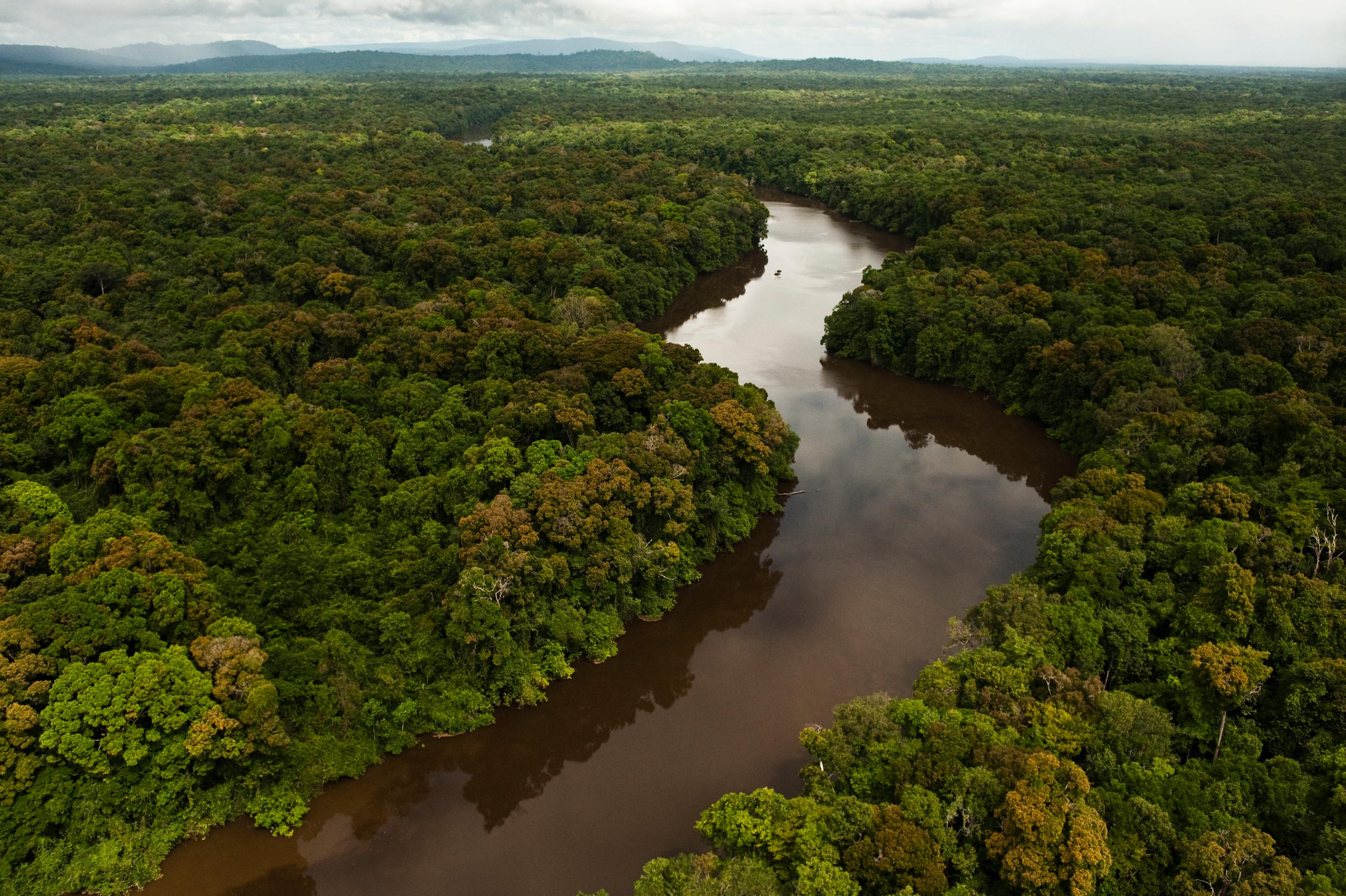
Working to conserve priority areas in the Amazon, Cerrado, Atlantic Forest and the ocean
With offices in Rio de Janeiro, Brasília and Santarém, Conservation International-Brazil works to protect the most important natural areas in South America’s largest country — including the Amazon rainforest, the Cerrado savanna and the Abrolhos seascape.
Using the latest science and leveraging partnerships with Indigenous communities and business leaders, Conservation International-Brazil’s multidisciplinary team has scored a number of successes, including the protection of some 45 million hectares (111 million acres) of native ecosystems and the establishment of a trust fund to support the forest-dwelling Kayapó people.
Conservation International-Brazil’s mission is to support sustainable development, promote environmental education and protect nature for human well-being.
1990
YEAR FOUNDED
11.5M
PEOPLE
dependent on nature in Brazil1
19.4B
METRIC TONS
of irrecoverable carbon in Brazil2
1,580
VERTEBRATE SPECIES
that are endemic to Brazil3
Areas we work

Amazon Sustainable Landscapes project
No ecosystem on Earth boasts a wider variety of plant and animal species than the Amazon rainforest. But this vital ecosystem is rapidly shrinking due to ever-increasing demand for farm and pasturelands and infrastructure, such as roads.
Conservation International-Brazil — in partnership with the Brazilian Ministry of Environment, the Global Environment Facility, the World Bank and the Brazilian Biodiversity Fund — aims to reverse this trend through its Amazon Sustainable Landscapes project, which creates new protected areas of forest, strengthens existing protected areas and supports the adoption of sustainable agricultural practices.
The largest tropical reforestation effort in the world, the Amazon Sustainable Landscapes project intends to reforest 12 million hectares (29.6 million acres) of land by 2030.
References
- Fedele, G., Donatti, C. I., Bornacelly, I., & Hole, D. G. (2021). Nature-dependent people: Mapping human direct use of nature for basic needs across the tropics. ScienceDirect, 71. https://doi.org/10.1016/j.gloenvcha.2021.102368
- Conservation International (2021, November). Irrecoverable Carbon. Retrieved January 2025, from https://www.conservation.org/irrecoverable-carbon
- The IUCN Red List of Threatened Species. (2024). Table 8a: Total, threatened, and EX & EW endemic species in each country [Fact sheet]. https://www.iucnredlist.org/resources/summary-statistics#Summary%20Tables